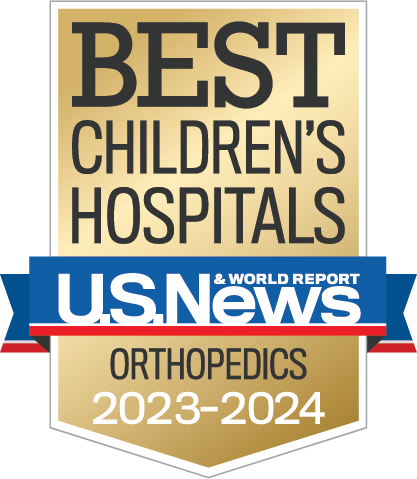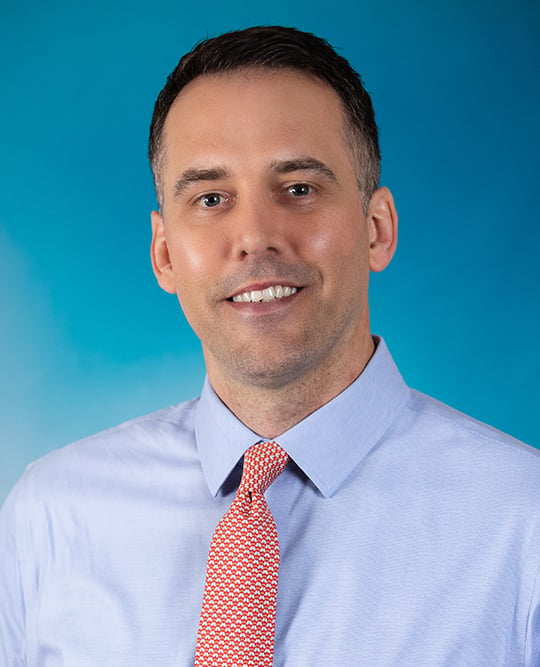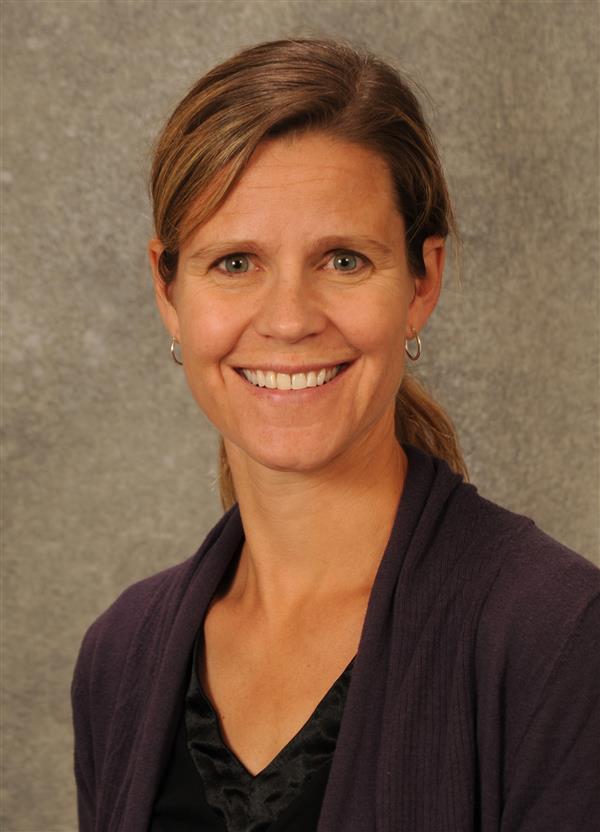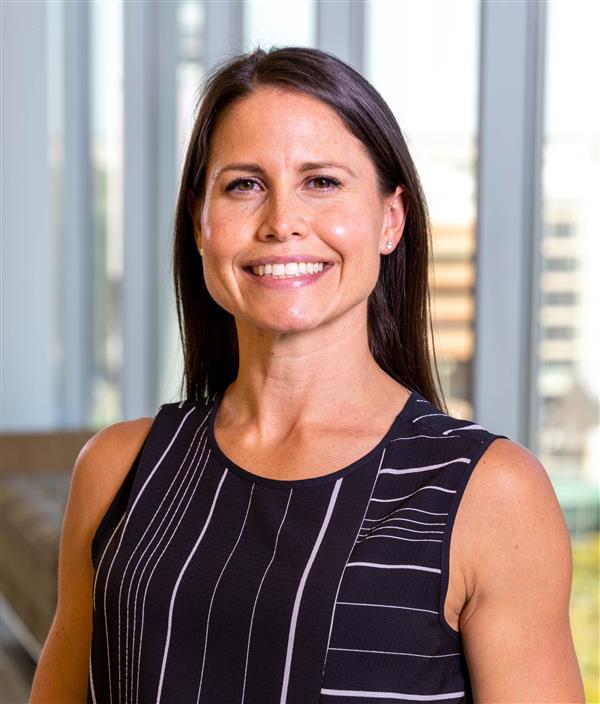- Doctors & Departments
-
Conditions & Advice
- Overview
- Conditions and Symptoms
- Symptom Checker
- Parent Resources
- The Connection Journey
- Calm A Crying Baby
- Sports Articles
- Dosage Tables
- Baby Guide
-
Your Visit
- Overview
- Prepare for Your Visit
- Your Overnight Stay
- Send a Cheer Card
- Family and Patient Resources
- Patient Cost Estimate
- Insurance and Financial Resources
- Online Bill Pay
- Medical Records
- Policies and Procedures
- We Ask Because We Care
Click to find the locations nearest youFind locations by region
See all locations -
Community
- Overview
- Addressing the Youth Mental Health Crisis
- Calendar of Events
- Child Health Advocacy
- Community Health
- Community Partners
- Corporate Relations
- Global Health
- Patient Advocacy
- Patient Stories
- Pediatric Affiliations
- Support Children’s Colorado
- Specialty Outreach Clinics
Your Support Matters
Upcoming Events
Mental Health Town Hall
Tuesday, April 23, 2024Join Children’s Hospital Colorado pediatric experts for a virtual...
-
Research & Innovation
- Overview
- Clinical Trials
- Q: Pediatric Health Advances
- Discoveries and Milestones
- Training and Internships
- Academic Affiliation
- Investigator Resources
- Funding Opportunities
- Center For Innovation
- Support Our Research
- Research Areas

It starts with a Q:
For the latest cutting-edge research, innovative collaborations and remarkable discoveries in child health, read stories from across all our areas of study in Q: Advances and Answers in Pediatric Health.


Hip Preservation Program
Legg-Calvé-Perthes Disease
Kids aren’t just mini adults. In fact, they’re incredibly different. That’s why they need incredibly different care.

What is Legg-Calvé-Perthes disease?
Legg-Calvé-Perthes disease is a condition of the hip in which the blood supply to the top of the thigh bone (femoral head) is temporarily disrupted. This causes pain and inflammation in the hip joint, as well as changes to the bone structure. When the blood supply is disrupted, the head of the femur is weakened and changes shape. This bone weakening causes the head of the femur to collapse and no longer move smoothly in the hip socket.
Although there are several stages in this condition, the blood supply will eventually return and your child's bone will heal. When the bone heals, the shape of the head of the femur is no longer normal. The shape of the bone after it heals will determine how the hip joint will be affected later in life.
Learn more about perthes disease:
What causes Legg-Calvé-Perthes disease?
Unfortunately, there is no known cause for this disease. We do know that the decrease in blood flow to the ball shaped end of the thigh bone (femoral head) is generally what leads to hip injury in patients with perthes disease. However, it remains unknown why the blood flow to the femoral head becomes affected.
Perthes disease is relatively uncommon and there is ongoing research at medical centers around the United States that are working toward identifying a cause. The International Perthes Study Group is one organization formed by several international pediatric hip specialists around the world who are working together trying to advance the knowledge about perthes disease. Our providers at the Hip Preservation Program are proud to be part of the International Perthes Study Group.
Who gets Legg-Calvé-Perthes disease?
Children between the ages of 2 and 12 are most commonly affected. Boys are more often affected than girls. The recovery can vary from patient to patient, but is often better when a diagnosis is reached in younger patients.
What are the signs and symptoms of Legg-Calvé-Perthes disease?
The most common sign of Perthes disease in a child is a painless limp. Your child may also have pain or stiffness in the hip, groin, thigh and/or knee and limited range of motion in the hip. As the disease progresses, the symptoms (hip pain and limping) tend to increase.
How is Legg-Calvé-Perthes disease diagnosed?
The diagnosis of Legg-Calvé-Perthes disease (also known as Perthes disease) is based on a detailed history, physical examination and confirmed by imaging. An X-ray will show the change in the bone structure of the head of the femur. In certain cases your doctor may choose to have a CT scan of your child's hip. An MRI is often performed to give the doctor more information about the bone and the extent of the disease process.
Why choose Children's Hospital Colorado Legg-Calvé-Perthes disease tests?
At the Hip Program at Children's Colorado, our orthopedic providers work specifically with pediatric hip conditions. We use X-rays, CT scans and MRI to determine a diagnosis.
Our hospital uses a special MRI technique called Perfusion MRI, which provides your child's doctor with a more accurate measurement of the amount of bone that is affected by Perthes disease. This allows a diagnosis to be made earlier in the disease process and also allows doctors to see implications of how the disease will progress.
What to expect if your child needs testing
X-rays are taken during your visit with the provider, and CT and MRI scans are performed in the radiology department. The CT scans take approximately 15 minutes to complete.
The MRI in patients over 6 years old is typically not a sedated procedure and lasts approximately 45 minutes to one hour. The MRI requires IV placement of contrast before the scan is done. Feel free to bring a movie or music for your child, and have him or her wear comfy clothes to the appointment.
How do providers at Children's Colorado make a diagnosis?
Our providers are able to diagnosis your child's condition based on patient history and age, the results of the physical examination (including pain and/or limitation of motion) and the results of the ordered imaging studies (such as an X-ray or the MRI).
How do we treat Legg-Calvé-Perthes disease at Children's Colorado?
Perthes disease treatment involves both non-surgical and surgical options. When possible, we use non-surgical treatments to provide kids relief and reduce recovery time.
Non-surgical treatment for perthes disease
Non-surgical measures are taken to help with pain and maintain good range of motion in the hip. We may prescribe anti-inflammatory medication (like Ibuprofen or Naproxen) may be prescribed to help reduce inflammation in the hip and decrease pain. Because of pain and changes to the structure of the head of the femur, children can lose the ability to pull their leg to the side. Casting and/or bracing may be used to preserve the range of motion on the hip and help the head of the femur maintain a round shape.
Learn more about non-surgical perthes disease treatment options:
Surgical perthes disease treatment
In some cases, a surgical intervention may be appropriate. We offer two main surgeries for perthese disease: femoral osteotomy and pelvic osteotomy.
Femoral osteotomy for perthes disease
Femoral osteotomy will change the way the ball (femoral head) sits inside the hip socket (acetabulum). An incision is made in the thigh and the femur bone is cut and rotated for better alignment of the femoral head (ball) in the acetabulum (socket). The bone is secured with a metal plate and screws. This surgery is performed to help maintain the femoral head (ball) inside the acetabulum (socket).
Pelvic osteotomy for perthes disease
Later in life, once your child's healing process is complete, a surgical intervention may be necessary if there is femoroacetabular impingement, which may develop as a result of the change in shape of the end of the thigh bone and the hip socket. Sometimes, we may perform a pelvic osteotomy to improve the deformity of the hip. This surgery involves several cuts in the hip bone to reposition the hip socket over the ball of the femur.
Why choose Children's Colorado for your child's Legg-Calvé-Perthes disease?
By working together as a team, we are able to develop a comprehensive approach to both patient diagnosis and individualized treatment plans. Specialists from our Hip Preservation Program offer a broad spectrum of options for our patients and extend to include experts in the fields of rehabilitation, physical therapy, rheumatology, anesthesiology and pain.
With a sole focus on hip disease in young patients, our Hip Program is nationally recognized for excellence in hip surgeries, and our doctors educate healthcare providers around the nation on hip diseases and surgery. Our goal is to provide our patients with options for pain control, function improvement and preservation of the hip joint.
Next steps
-
Would you like to learn more about us?
Learn more about the Hip Preservation Program -
Do you need an appointment or have a question?
720-777-6600 -
Are you ready to schedule an appointment?
Schedule an appointment
Get to know our pediatric experts.

Curtis VandenBerg, MD
Orthopaedic Surgery, Sports Medicine

Amy Connery, PsyD
Neuropsychology, Neuropsychology - Pediatric
Patient ratings and reviews are not available Why?

Ryan Pahlau, PA-C
Physician Assistant

Chelsea Soucie, CPNP-PC
Certified Pediatric Nurse Practitioner



 720-777-0123
720-777-0123







